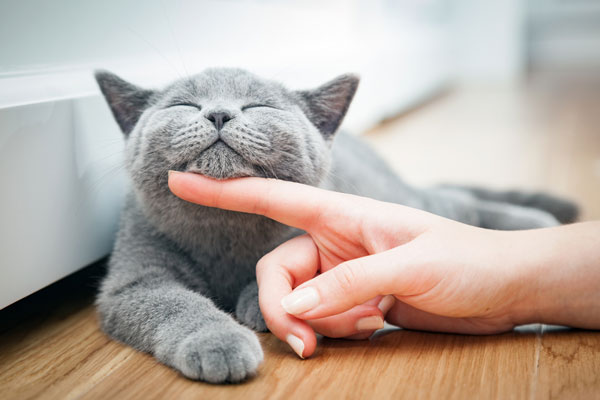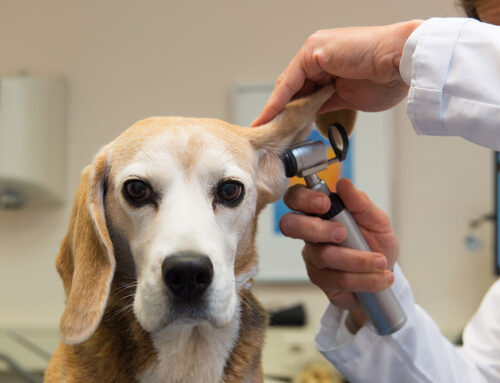Every cat has its own distinct personality. We all love the funny things they do. Do you ever wonder what they are trying to say? Cats can be very expressive. Sometimes it is easy to miss what they are trying to tell us. Wouldn’t it be great to speak cat?
Cats communicate through body language, vocalizations and odor signals. Body language is often an important way cats send messages to people and other cats. The size of the body, position of the ears, size of pupils, size and position of the tail, and visibility of weapons such as teeth are all ways used to convey messages. For example, a confident cat stands tall and evenly on all four feet with it’s tail up or level with its body. A fearful cat will place its body lower to the ground. An attacking cat will make itself appear larger by puffing up its fur with tail standing straight up. An interested cat will have its ears forward and a fearful cat will have its ears flat and backward.
Friendly eye contact is soft and the cat may blink in an exaggerated way. Nervous cats will often avoid eye contact and engage in intensive grooming. As an aggressive signal, cats will stare very intently at other cats or people.
Vertical tails are seen during play and greetings while horizontal tails are seen during amicable approaches. When a cat is aggressive the tail will be lowered and a tail between the legs means the cat wants to avoid altercation.
Cats purr frequently. It is unknown exactly why this occurs but is usually seen in cat-to-cat and cat to human contact. It is generally thought to be a sign of contentment but cats will also purr when frightened or when in pain. The trill/chirrup greeting seems to be a way of “talking” with a known or liked cat or person. Cats also communicate by meowing. Each cat has an individual way of meowing and always seems to get the message across to their owners. This is especially true at meal times! There is also the growl, yowl, snarl, hiss and spit seen in aggressive situations.
Smell is an important communication tool for cats. Cats “head bump” or rub their faces on objects, people, familiar dogs and other cats. This spreads their scent and marks territory and social groups. Ever take your cat to the veterinarian office and the other cats at home reject him when he comes back? Try rubbing him with a towel that smells like the other cats to make him smell “right” again. Lastly cats communicate through urine. They spray on vertical surfaces to mark territory. Some cats will also spray if they are worried or anxious. Cats do not spray because they are angry or spiteful!
Hopefully this brief description of feline communication methods will be helpful the next time you observe these signals in your cat. Now you know what your cat is trying to say!
Established in 1981, Palm City Animal Medical Center is dedicated to providing the best possible care for your pets. With focuses on compassionate care in surgery, physical therapy and rehabilitation, preventative medicine, extensive diagnostics, and emergency service, Palm City Animal Medical Center combines exceptional medical care with a caring philosophy for pets and their owners. For more information, call 772-283-0920, visit www.palmcityanimalmedicalcenter.com or find us on Facebook at www.facebook.com/PalmCityAnimalClinic.








Leave A Comment